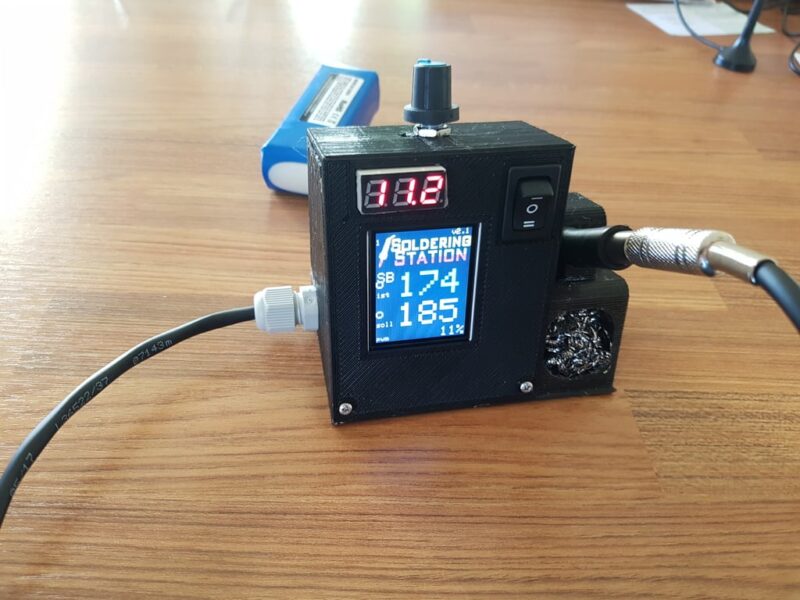In the realm of manufacturing, efficiency isn’t just a buzzword; it’s the cornerstone of success. Every operation, from the assembly line to quality control, hinges on the ability to streamline processes effectively. In this pursuit, soldering—a fundamental process in electronics manufacturing—stands out as a critical juncture where efficiency can make a significant impact. Let’s delve into the world of soldering and explore how the right tools, particularly soldering stations, can elevate operational efficiency to new heights.
Soldering, the process of joining two metallic surfaces using a filler metal alloy, is omnipresent in the production of electronic devices. From intricate circuit boards to complex wiring systems, soldering ensures the integrity and functionality of electronic components. However, achieving optimal efficiency in soldering goes beyond skillful technique; it involves leveraging the latest technologies and equipment to streamline operations.
One of the most pivotal components in soldering efficiency is the soldering station. A soldering station is more than just a tool; it’s a multifaceted workstation designed to enhance precision, control, and productivity. Unlike traditional soldering irons, which offer limited temperature regulation and functionality, modern soldering stations are equipped with an array of features tailored to meet the demands of diverse soldering applications.
Temperature control is paramount in soldering, as precise heat management is essential for achieving reliable solder joints without damaging sensitive components. Soldering stations offer unparalleled temperature stability and control, allowing operators to fine-tune settings with precision. Whether soldering delicate surface-mount components or robust through-hole connections, the ability to maintain consistent temperatures ensures optimal solder flow and adhesion, minimizing defects and rework.
Moreover, soldering stations facilitate ergonomic workflow design, optimizing operator comfort and efficiency. With adjustable stands, ergonomic handpieces, and intuitive controls, soldering stations empower operators to work comfortably for extended periods, reducing fatigue and enhancing productivity. By minimizing strain and discomfort, soldering stations enable operators to focus on precision and quality, driving overall efficiency and output.
Additionally, soldering stations integrate advanced safety features to protect both operators and equipment. From temperature sensors and thermal overload protection to anti-static measures, soldering stations prioritize safety in high-stakes manufacturing environments. By mitigating the risk of accidents and equipment damage, these safety features contribute to smoother operations and higher yields, ultimately bolstering efficiency and profitability.
The role of the soldering station cannot be overstated in the quest for operational efficiency. As the central hub of soldering operations, the soldering station serves as the linchpin that connects skilled craftsmanship with cutting-edge technology. By harnessing the power of precision temperature control, ergonomic design, and advanced safety features, soldering stations empower manufacturers to streamline operations and achieve consistent, high-quality results.
In conclusion, efficiency in soldering is not merely a goal; it’s a necessity for success in today’s competitive manufacturing landscape. By investing in the right tools, such as soldering stations, manufacturers can unlock new levels of productivity, quality, and profitability. With precision temperature control, ergonomic design, and advanced safety features, soldering stations pave the way for streamlined operations and superior outcomes. In the ever-evolving world of electronics manufacturing, the soldering station remains a steadfast ally in the pursuit of efficiency and excellence.






